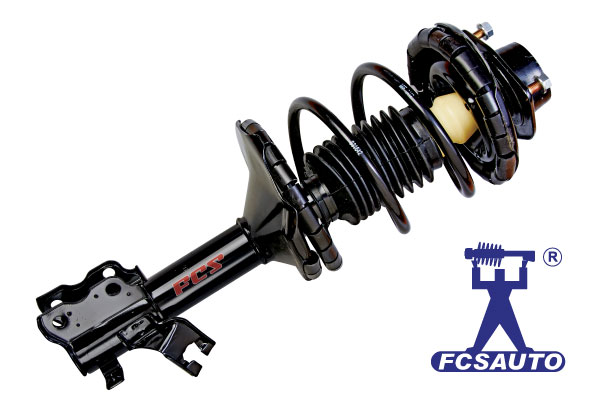The shocks and struts play a crucial role in providing a smooth ride, maintaining handling stability and ensuring proper tire contact with the road. As a result, regular inspections are essential in identifying and addressing any issues before they lead to more significant problems down the road.
Here are the recommended guidelines on when to have shocks and struts inspected:

Visual Inspection

Vehicle Mileage

Uneven Tire Wear

Noise

Ride Quality
If you notice any significant change in your vehicle’s ride quality in increased bouncing, excessive body roll, or a rougher ride, it’s time to have the shocks and struts inspected and replaced if needed.

Handling Issues
Poor handling, including instability, difficulty steering, or drifting during turns can be indicative of worn or damaged shocks and struts.

Vehicle Age
Older vehicles may require more frequent inspections as wear and tear on suspension components accumulate over time.

Driving Conditions
If you frequently drive on rough or uneven roads, your shocks and struts will experience more stress, leading to accelerated wear and tear. In these cases, it’s important to have more frequent inspections.
Conclusion/Take Away
Remember timely suspension inspections and replacement of worn shocks and struts when necessary are essential in maintaining a comfortable ride as well as improving overall safety and handling. If you notice any of the key symptoms mentioned above, we strongly suggest having your vehicle inspected by a qualified mechanic as soon as possible.






